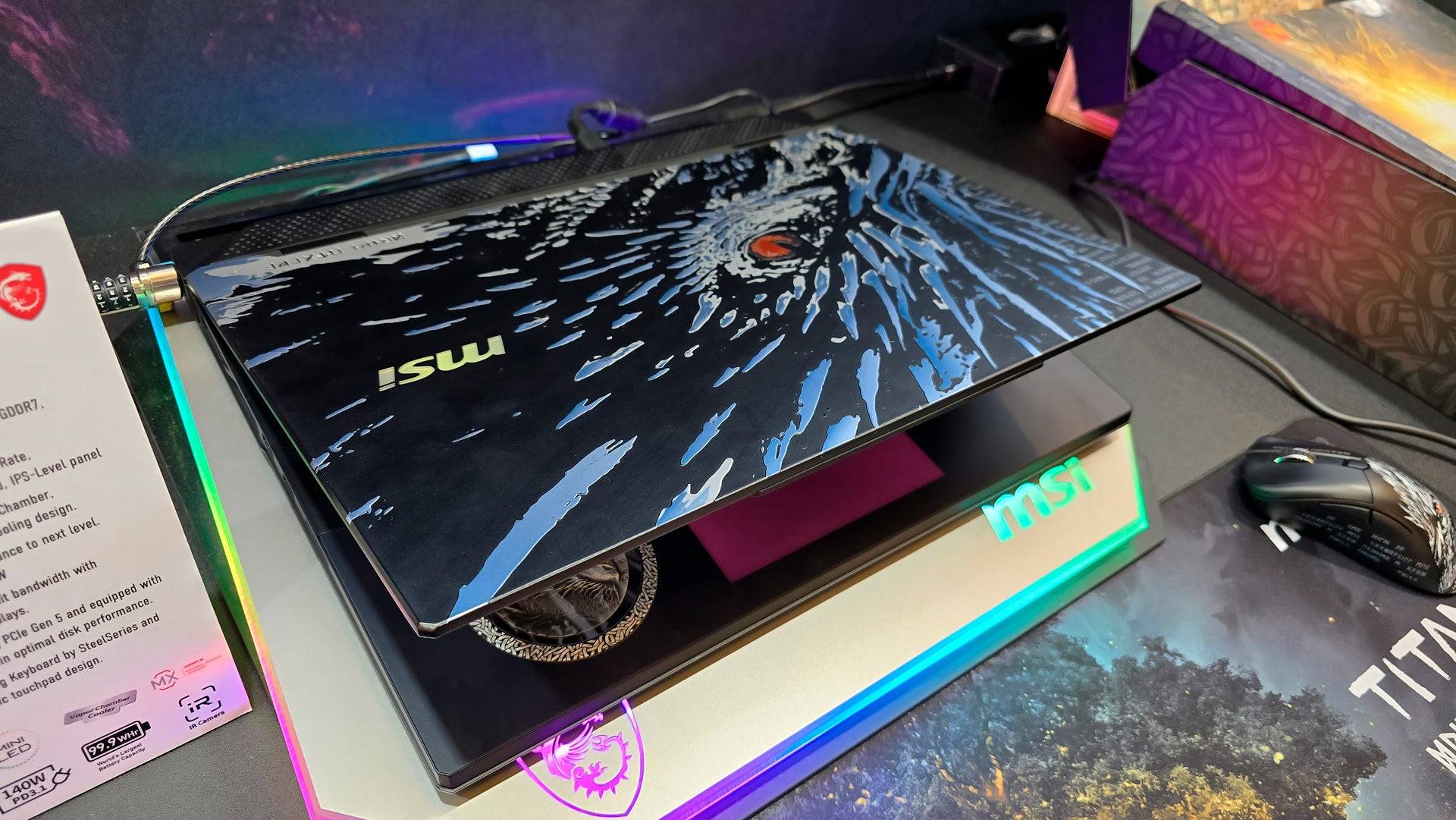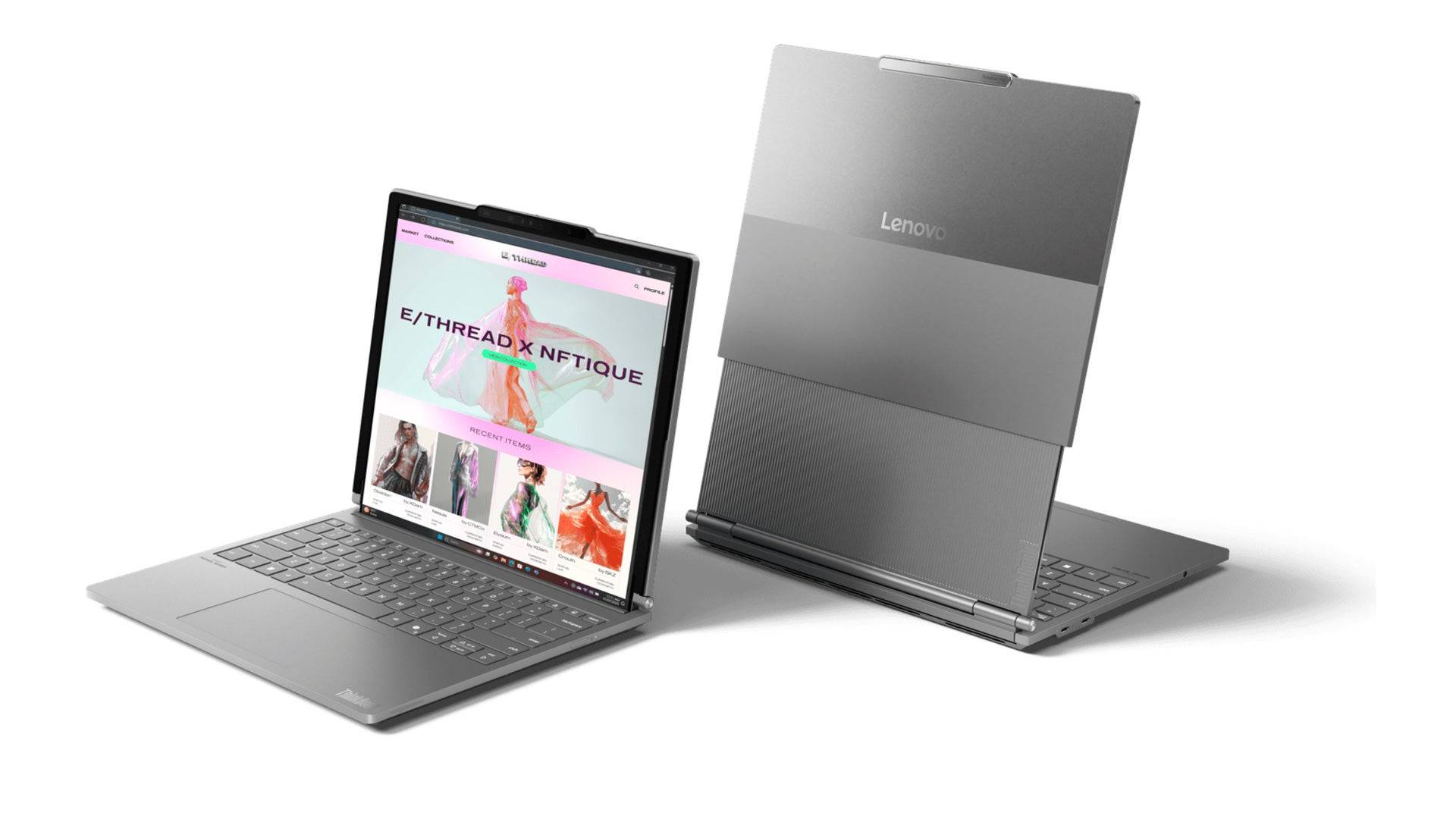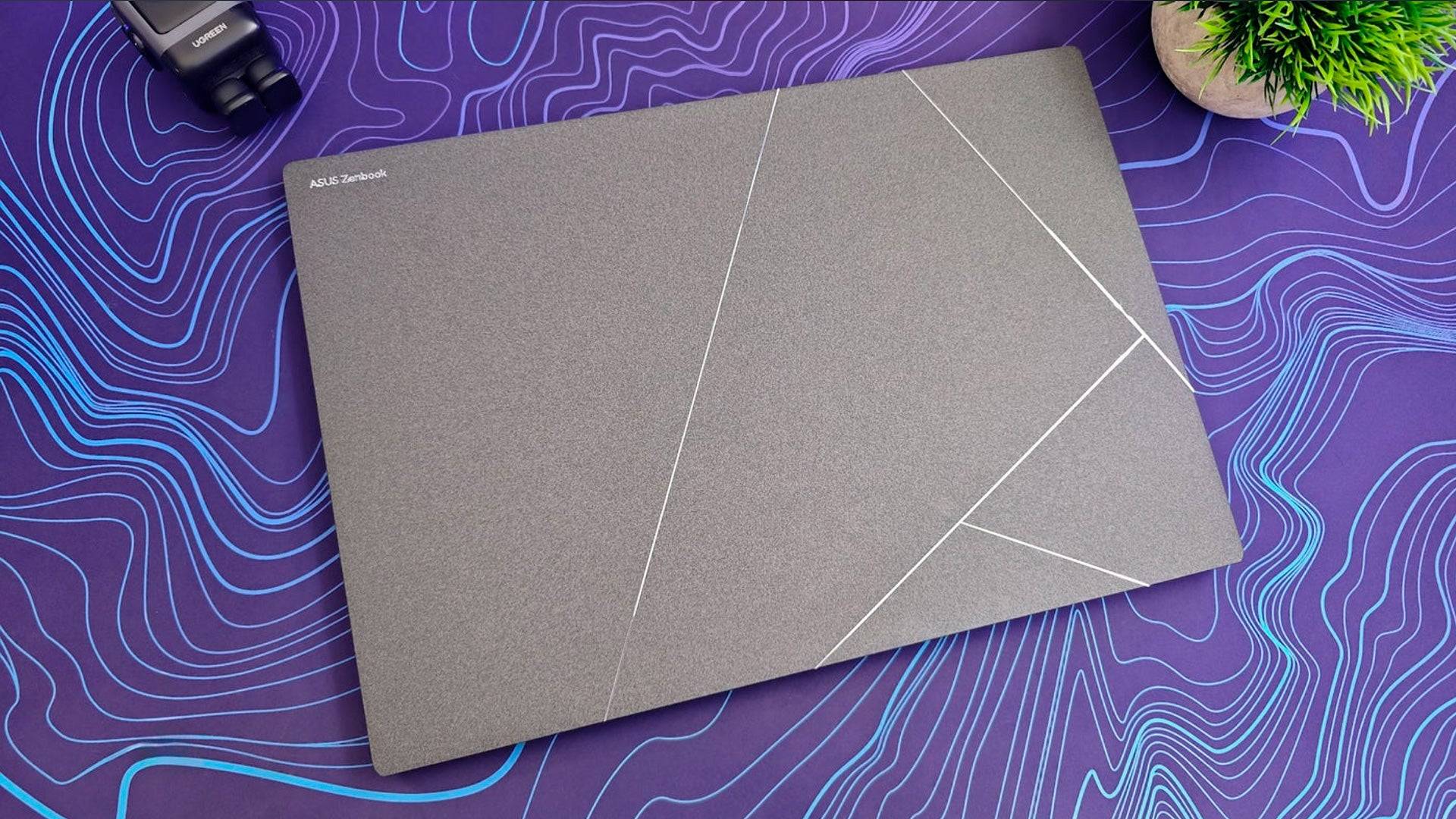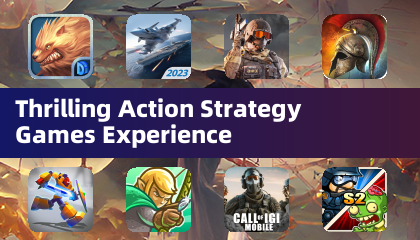CES 2024 showcased a plethora of gaming laptops, revealing key trends shaping the market. This report highlights the most significant developments.
Diverse Design Language
While gaming laptops have always offered stylistic variety, this year felt different. Manufacturers like Gigabyte and MSI are blurring the lines between productivity and gaming machines. High-end models are increasingly emphasizing design elements beyond raw hardware specifications.
This translates to a wider range of aesthetics. Sleek, professional designs like the Gigabyte Aero series coexist with aggressively styled laptops such as the MSI Titan 18 HX AI Dragonforged Edition, boasting prominent branding.
 RGB lighting remains a staple, with innovative implementations like wrap-around lighting, illuminated keyboards, and even trackpad lighting. The Asus ROG Strix Scar series impressed with its AniME Dot Matrix LED display, capable of displaying text and animations.
RGB lighting remains a staple, with innovative implementations like wrap-around lighting, illuminated keyboards, and even trackpad lighting. The Asus ROG Strix Scar series impressed with its AniME Dot Matrix LED display, capable of displaying text and animations.
Expect both familiar form factors (large and powerful to thin and light) and intriguing new design elements.
 The Rise of AI Assistants
The Rise of AI Assistants
AI integration in laptops advanced significantly. Several vendors demonstrated AI assistants capable of controlling PC settings without manual software intervention. An MSI representative showcased an assistant adjusting performance settings based on the requested game.
However, the practical benefits remain uncertain. While seemingly offline-capable (though confirmation was inconsistent), the speed advantage over manual adjustments wasn't immediately apparent. Further evaluation of real-world performance and capabilities is needed.
Display Innovations: Mini-LED and Beyond
Mini-LED technology is gaining traction. Asus, MSI, and Gigabyte showcased high-end Mini-LED laptops. These models boast over 1,100 local dimming zones for enhanced contrast and brightness, and vibrant colors. While OLED still leads in contrast, Mini-LED offers superior sustained brightness and avoids burn-in risks.
Other notable innovations include the return of the ASUS ROG Flow X13 with USB4 eGPU support (eliminating proprietary connections), potentially pairing with an RTX 5090 eGPU. Lenovo's ThinkBook Plus Gen 6 Rollable, though not strictly a gaming laptop, introduced a rollable OLED display, expanding screen size with a button press. While its durability is a concern, it represents a significant step in display technology.

Ultrabooks Gaining Ground in Gaming
Ultrabook-style gaming laptops are prevalent, even among major manufacturers. Gigabyte's redesigned Aero line exemplifies this trend. These thin, light, and minimalist designs offer a balance between portability and gaming capabilities.
For users who don't require maximum settings in the latest games, these Ultrabooks provide a powerful and portable solution. As demonstrated by the Asus TUF Gaming A14, external GPUs can further enhance performance.
 Furthermore, advancements in integrated graphics from AMD and Intel, coupled with technologies like AMD FidelityFX Super Resolution and Intel XeSS, allow for surprisingly playable performance in many games, even without dedicated GPUs. Cloud gaming services like Xbox Cloud Gaming and Nvidia GeForce Now offer another viable alternative, further reducing the need for high-end gaming hardware.
Furthermore, advancements in integrated graphics from AMD and Intel, coupled with technologies like AMD FidelityFX Super Resolution and Intel XeSS, allow for surprisingly playable performance in many games, even without dedicated GPUs. Cloud gaming services like Xbox Cloud Gaming and Nvidia GeForce Now offer another viable alternative, further reducing the need for high-end gaming hardware.
The gaming laptop landscape is dynamic. These are just some of the exciting developments we'll be tracking throughout the year. What trends caught your attention? Share your thoughts below!















